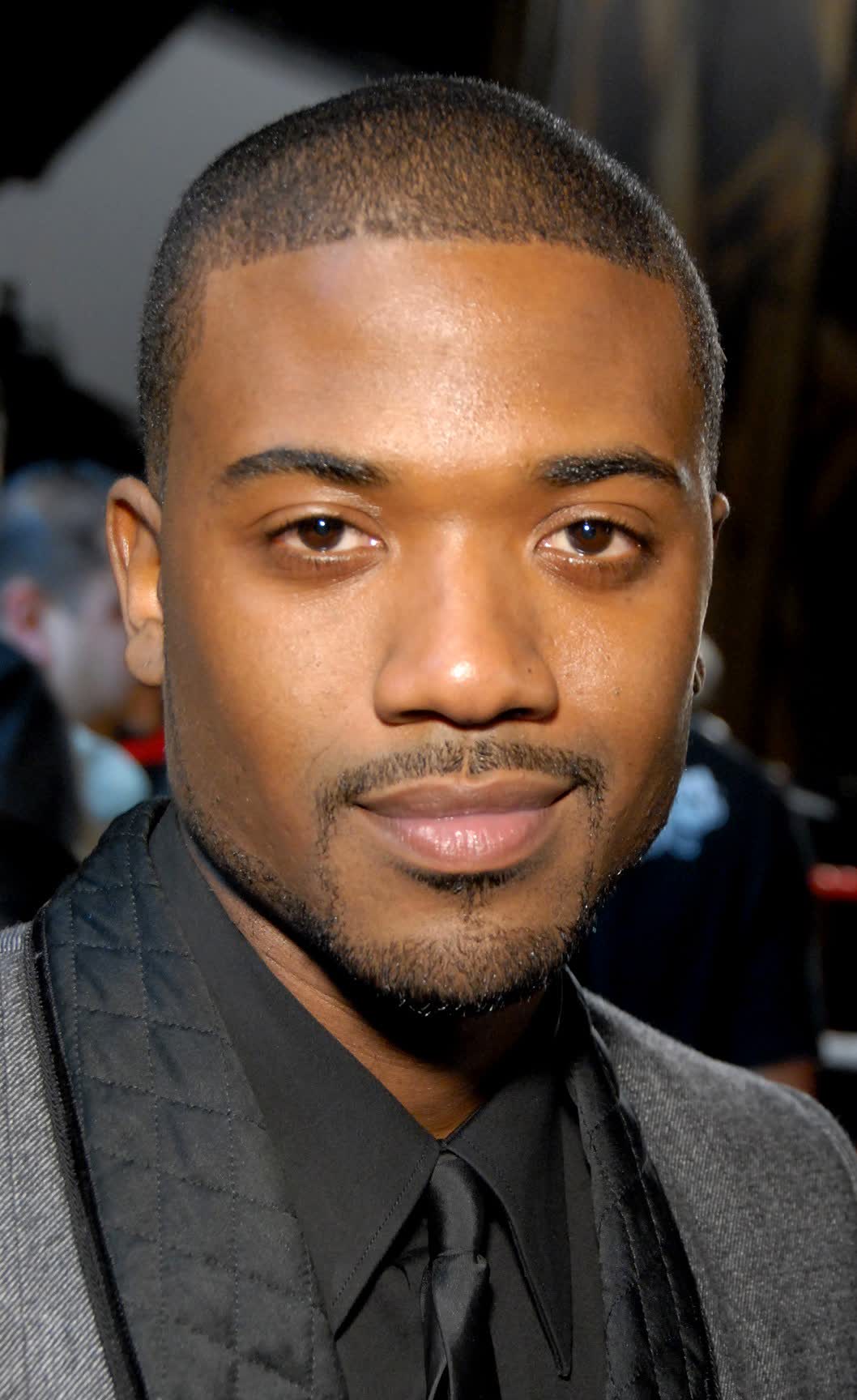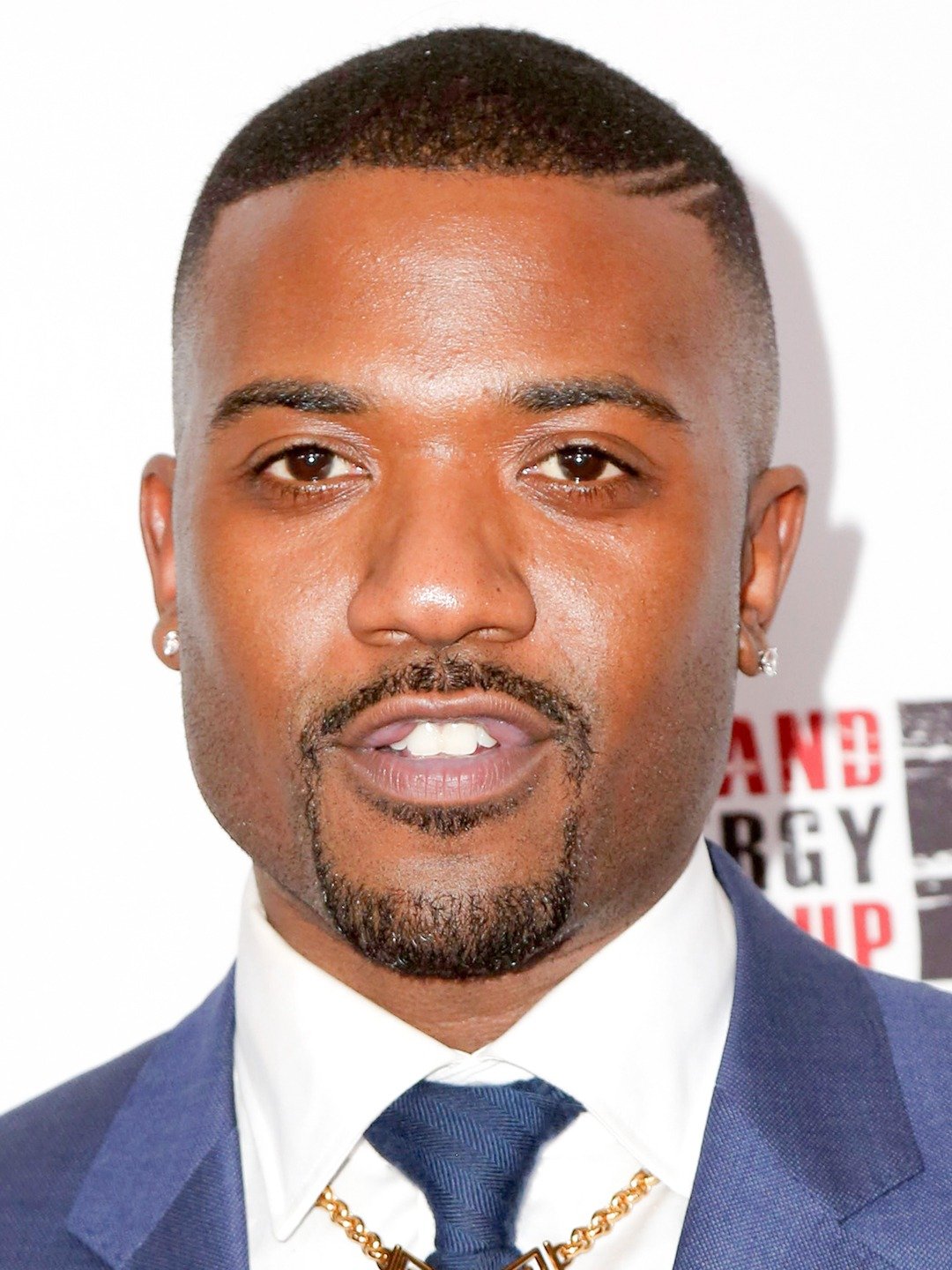It seems people often wonder about the physical characteristics of public figures, and one common question that pops up about entertainers like Ray J is about their height. There's a real curiosity, you know, about how someone stands in comparison to others, especially when they are often seen on screens or stages. It's a very natural thing to ponder, actually, when you consider how much attention we give to those who are in the public eye.
This interest in stature, particularly when it comes to well-known individuals, is something that has been around for a while. People just naturally tend to notice how someone measures up, so to speak, when they are a part of our collective awareness. It's a bit like how we might describe someone to a friend, where mentioning their general build or height often comes up pretty early in the conversation.
So, when someone asks, "how tall is Ray J?", it's not just about a simple measurement. It's about how we perceive height in general, how it compares to what we consider typical, and what that might mean in the context of someone who is often in the spotlight. We'll consider what it means for someone to be described as having a notable vertical dimension, and how those descriptions fit when we think about individuals like Ray J.
Table of Contents
- Ray J's Early Life and Public Presence
- What Does It Mean to Be Considered "Tall"?
- How Do We Gauge Stature for Public Figures Like How Tall is Ray J?
- Is Ray J's Height Considered Above Average When We Ask How Tall is Ray J?
- What Factors Influence How We Perceive How Tall is Ray J?
- The Public's Fascination with Celebrity Heights
- Understanding Stature in the Public Eye
- Considering the Impact of How Tall is Ray J on His Image
Ray J's Early Life and Public Presence
Ray J, whose birth name is William Ray Norwood Jr., has been a familiar face in the entertainment scene for a good while. He comes from a family with a strong connection to music and performing, which probably helped shape his own path. From a relatively young age, he began making appearances and building a name for himself, transitioning through different parts of the entertainment business. You know, he's been involved in singing, acting, and even reality television, which has kept him in the public conversation for a long time.
His career has, in some respects, seen him take on a variety of roles, showcasing different talents. This kind of varied experience often means that public figures are seen in many different lights, and people tend to form opinions or observations about them. His public presence has, naturally, meant that many aspects of his personal being, including his physical characteristics, become subjects of general interest. It's just how things tend to work when someone is frequently in the public eye, that's for sure.
For those curious about some of the more straightforward details about Ray J, here's a brief look at some general personal information. These details often provide a bit of a framework for understanding a public figure, and people often like to have a clear picture of such things. It's a way, arguably, of connecting with the person beyond just their professional work.
| Full Name | William Ray Norwood Jr. |
| Known As | Ray J |
| Occupation | Singer, Actor, Television Personality, Entrepreneur |
| Birthplace | McComb, Mississippi, USA |
| Nationality | American |
What Does It Mean to Be Considered "Tall"?
When we talk about someone being "tall," we are, in a way, making a comparison. The idea of something having a great vertical extent often comes with the thought of it rising high when you put it next to others of its kind. It also, usually, suggests a certain slenderness in relation to its upward reach. So, for example, a tree that stretches far into the sky, or a building that reaches way up, would be described this way, because they are much higher than they are wide, you see.
The word "tall" has its own particular flavor when you think about it compared to other words that mean something similar, like "high" or "lofty." While all these words give the sense of being above the average in vertical dimension, "tall" has a special connection to things that grow or stand upright. It's not just about being a long way off the ground, like a mountain might be described as "high," but more about the actual physical stature of something that stands. This distinction is, in some respects, quite important for how we speak about people.
A person or an object that is labeled "tall" generally possesses a greater vertical measurement than what is considered normal or typical. For instance, you might describe a young woman as being "fairly tall and fairly slim," which paints a picture of her overall build. This kind of description helps us to understand how someone stands in relation to what we commonly expect in terms of human proportions. It's, arguably, a very common way to describe someone's physical presence.
The very definition of "tall" in various language guides points to this idea of being more than average in height. It covers everything from its meaning to how it's said, how it looks when written, examples of how it's used in sentences, and even how it fits into the structure of language. This shows just how much thought goes into defining such a seemingly simple word, you know. It’s a word that really helps us get a handle on the physical world around us, and that's pretty cool.
When we consider people, being "tall" often means having a vertical dimension that goes beyond the typical for their gender, their age group, or even the general population they belong to. So, if someone is, for instance, over six feet in height, they would generally be considered to have a stature that is greater than the usual. This comparison to an average is, actually, a core part of how we apply the word to individuals. It's not just a fixed measurement, but rather a relative one, which is interesting to think about.
The way we use "tall" also connects to how we describe specific measurements. You might say "a man six feet tall," which gives a precise idea of his vertical extent. This shows that the word can be used both generally, to mean "of more than average height," and specifically, to refer to a particular measurement. It's a word that has, in a way, a lot of flexibility in how it's applied, which is useful for everyday talk.
The term also has its comparative and superlative forms – "taller" and "tallest" – which further emphasize the idea of comparison. Someone is "taller" than another person, or the "tallest" in a group, which reinforces that sense of relative vertical dimension. This progression in description helps us to make very clear distinctions about physical stature. It's pretty straightforward, but also quite powerful in its ability to convey information.
How Do We Gauge Stature for Public Figures Like How Tall is Ray J?
When it comes to public figures, determining their exact vertical measurement can sometimes be a bit of a puzzle. People often rely on what they see in pictures or videos, or perhaps hear from interviews or reports. This means that the perception of "how tall is Ray J" can be influenced by many different things, not just a simple number. It's like, you know, how a person might look different depending on the angle of a photograph.
The public's general curiosity about someone's physical presence, including their height, is a common thread in discussions about celebrities. We tend to compare them, consciously or not, to others they are seen with, or to our own general idea of what a typical height might be. So, when we consider "how tall is Ray J," we are often putting him into a mental framework of comparison. This kind of mental measuring is, honestly, something many of us do without even thinking about it.
The definitions of "tall" that we discussed earlier – referring to a greater height than normal or average, or a specific measurement – are the very tools we use, even informally, to gauge a public figure's stature. We might wonder if they fit the description of someone who is "of more than average height," or if they are "having a relatively great height" compared to their peers. This natural tendency to categorize and compare is, basically, at the heart of why questions about "how tall is Ray J" come up.
Is Ray J's Height Considered Above Average When We Ask How Tall is Ray J?
To figure out if someone's height is considered above average, we usually look at the typical vertical measurements for people of their gender and age group. The idea of "tall" for a person often means that their vertical extent is greater than what is common for others like them. So, when people wonder "how tall is Ray J," they are, in essence, trying to place him on this scale of average versus above average. It's a way, you know, of putting his physical presence into perspective.
The definitions provided explain that "tall generally refers to a considerably greater height or length than the average or typical." And, "in relation to people, it often means having a height above the average for their gender, age, or group." This means that the answer to whether Ray J's height is considered above average would depend on how his actual vertical measurement compares to the widely accepted averages for men. It's a direct application, arguably, of those very definitions.
Public figures are often subject to this kind of scrutiny, where their physical attributes are weighed against societal norms. The question of "how tall is Ray J" is therefore not just a simple query, but a way for the public to place him within a perceived range of human dimensions. This comparison is, more or less, an inherent part of how we process information about individuals we don't know personally. It's pretty common, actually, for people to make these kinds of mental notes.
What Factors Influence How We Perceive How Tall is Ray J?
Our perception of someone's height, especially a public figure, can be shaped by a few things beyond just their actual measurement. For instance, the people someone stands next to in photos or on screen can make them appear taller or shorter than they truly are. If Ray J is often seen beside individuals who are very short, he might seem quite tall, and vice versa. This visual comparison is, basically, a powerful influence on our minds.
Footwear also plays a part. Shoes with thicker soles or heels can add a bit of extra vertical dimension, making someone appear somewhat taller than they would be barefoot. While this doesn't change their actual body measurement, it certainly affects how they are seen in public appearances. It's a small detail, but one that can, surprisingly, alter perception.
Camera angles and the way media is framed can also create illusions of height. A low camera angle can make someone seem more imposing and vertically stretched, while a high angle might have the opposite effect. These visual tricks are, you know, part of the art of photography and filmmaking, but they can also subtly influence how we answer the question "how tall is Ray J" in our own minds. It's quite fascinating, really, how easily our eyes can be tricked.
The Public's Fascination with Celebrity Heights
There's a consistent public interest in the physical characteristics of well-known individuals, and height is often high on that list. It's not just about idle curiosity; sometimes, it relates to how we picture them in our minds, or how they fit into the roles they play. The definitions of "tall" that speak to comparison, like "tall applies to what grows or rises high by comparison with others of its kind," really resonate here. People are, you know, always comparing.
This fascination might stem from a desire to feel a connection to these figures, or to simply have a more complete picture of them. Knowing details like "how tall is Ray J" can make a celebrity seem more real, more tangible, as if you've gathered another piece of information about them. It's a way, in some respects, of bridging the gap between the public and private persona. This kind of detail is, honestly, often a topic of casual conversation.
The media, too, often plays into this interest, with articles and discussions about celebrity dimensions. This reinforces the idea that these details are important to the audience. It creates a cycle where public interest leads to more coverage, which in turn fuels more public interest. It's a pretty common dynamic, actually, in the world of entertainment news.
Understanding Stature in the Public Eye
When we think about how someone's height is perceived in the public eye, we're really looking at how the general definitions of "tall" apply to a specific person like Ray J. The idea that someone is "of more than average stature" or "having a relatively great height" becomes a lens through which public figures are often viewed. It's a constant, albeit subtle, assessment that takes place. This applies to many people, not just those asking "how tall is Ray J."
This understanding of stature isn't just about a number; it's about how that number fits into a broader societal context of what is considered typical or notable. The descriptions of "tall" from our reference text, such as "in relation to people, it often means having a height above the average for their gender, age, or group," are incredibly relevant here. They provide the framework for how we categorize and discuss someone's vertical dimension. It's, arguably, a very human way of making sense of the world.
The public's continuous discussion about celebrity heights, including questions like "how tall is Ray J," shows that these physical attributes are a genuine part of how we relate to and think about well-known individuals. It highlights the fact that even seemingly simple characteristics can hold a good deal of fascination for people. It's, you know, just another layer to the complex tapestry of public perception.
Considering the Impact of How Tall is Ray J on His Image
The question of "how tall is Ray J" might seem like a small detail, but for public figures, every aspect of their appearance can contribute to their overall image. Whether someone is perceived as having a commanding presence due to their stature, or if they are seen as more approachable, can be subtly influenced by their height. The definitions of "tall" that emphasize "great in vertical dimension" or "high in stature" certainly play into these perceptions. It's, more or less, part of the whole package.
For an entertainer, physical presence can be an important part of their stage or screen persona. While talent and personality are, obviously, the main drivers of success, how a person stands in relation to others can add another layer to their public appeal. So, discussions about "how tall is Ray J" are not just random curiosities; they tie into a broader interest in how public figures present themselves. It's a pretty interesting dynamic, when you think about it.
Ultimately, the public's ongoing curiosity about the physical attributes of celebrities, including questions about "how tall is Ray J," shows a natural human tendency to observe and compare. It reflects our innate desire to understand the people we see in the media, placing them within the familiar context of our own experiences and common definitions of words like "tall." It's, you know, just part of being human and being interested in other humans.


